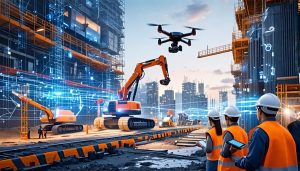
How Zero Waste Initiatives are Transforming the Construction Industry
Implement waste audit processes to accurately assess and categorize construction site waste streams. Identify valuable materials for recycling or reuse, and collaborate with specialized waste management companies for efficient processing. Design buildings with a focus on sustainability by integrating modular and prefabricated construction methods to reduce excess material use and minimize on-site waste. Prioritize the use of local, sustainable materials and innovative construction technologies to enhance the eco-friendliness of your projects, ensuring compliance with relevant environmental standards. Engage all stakeholders—architects, …









